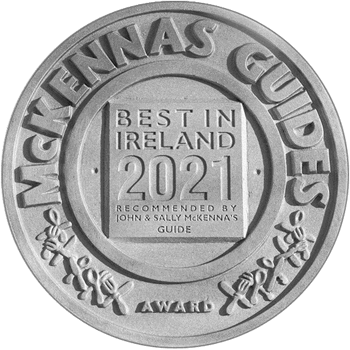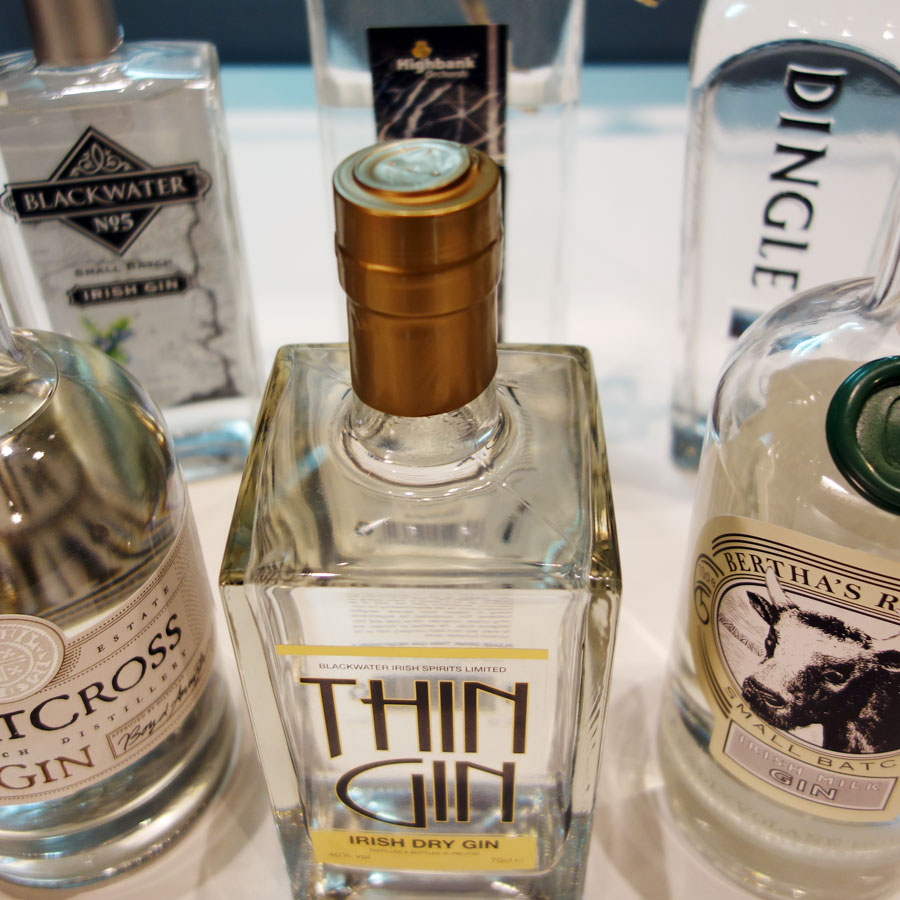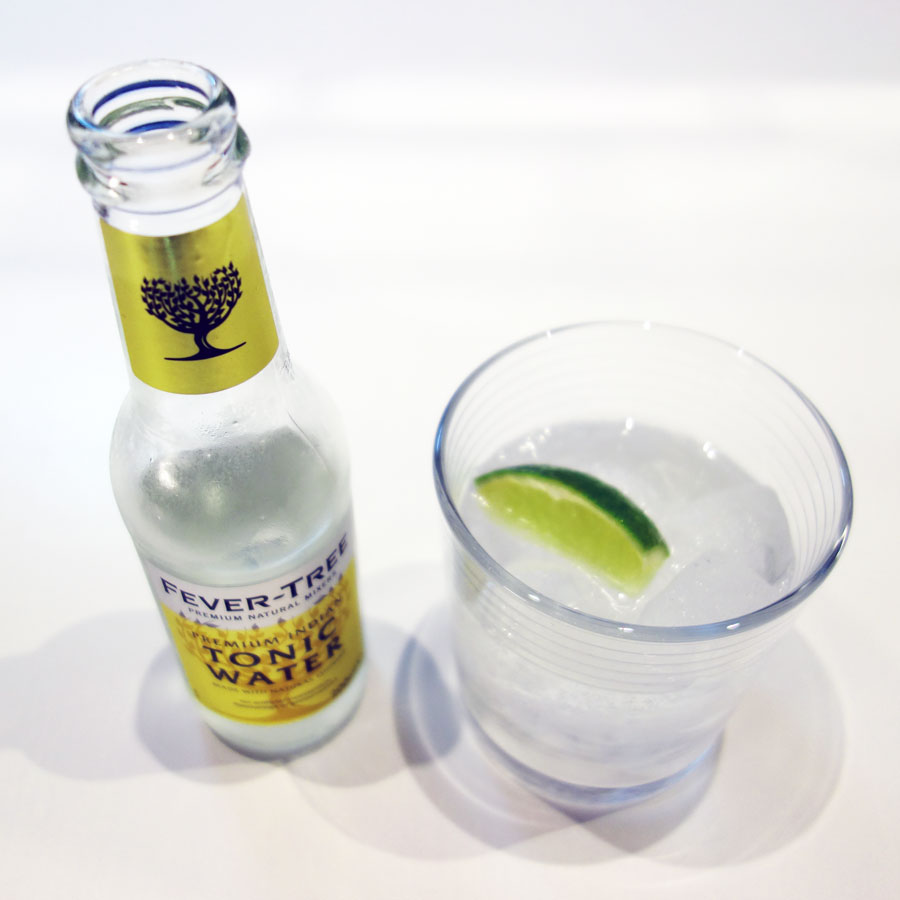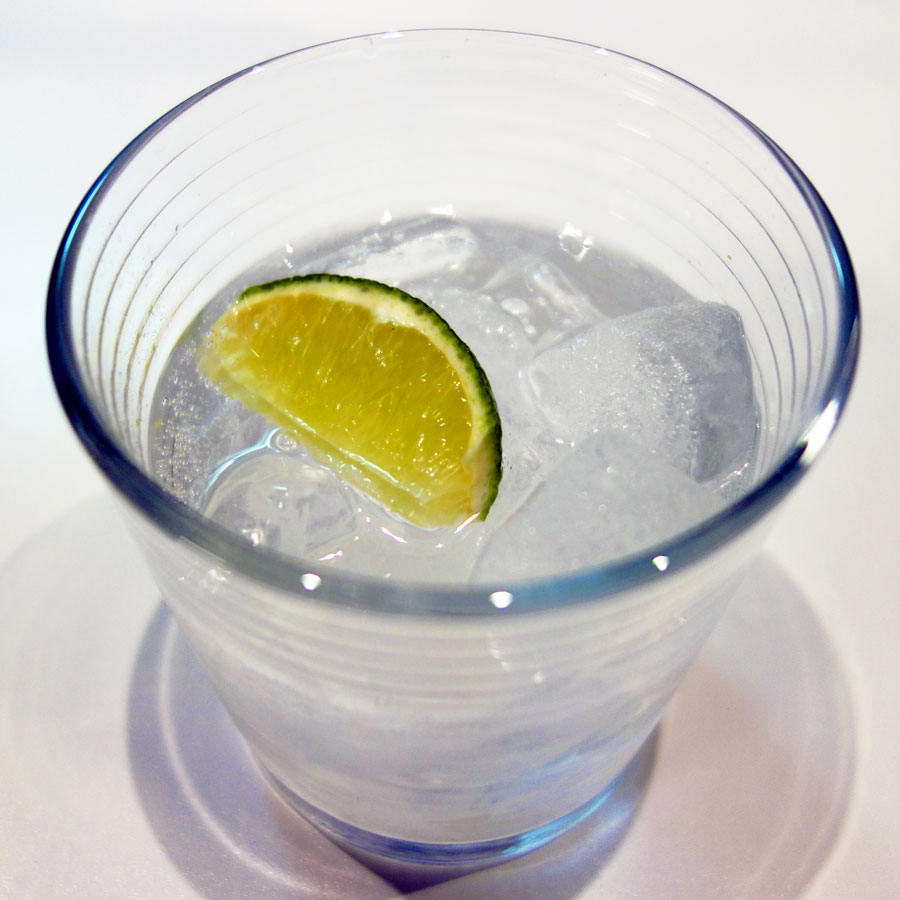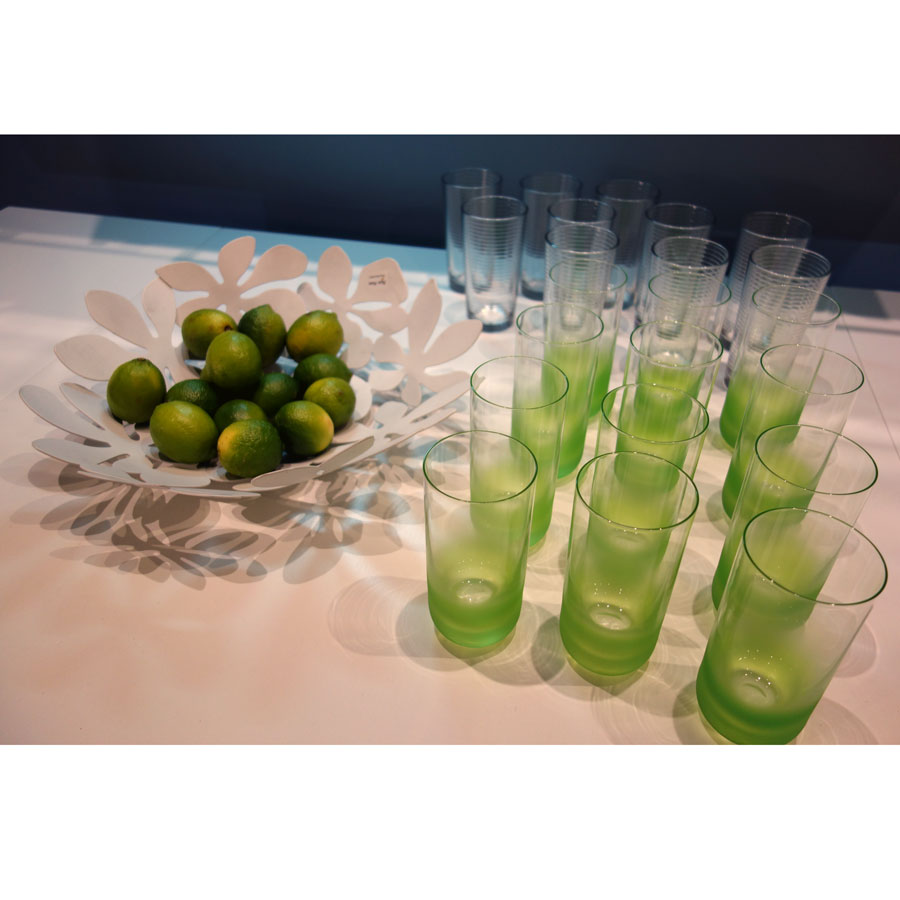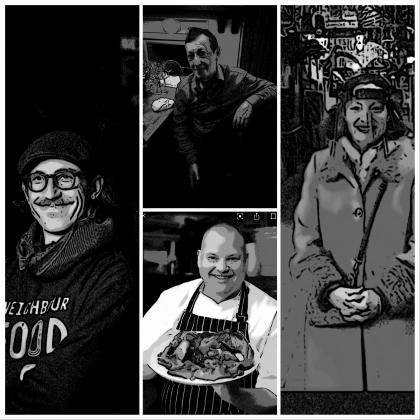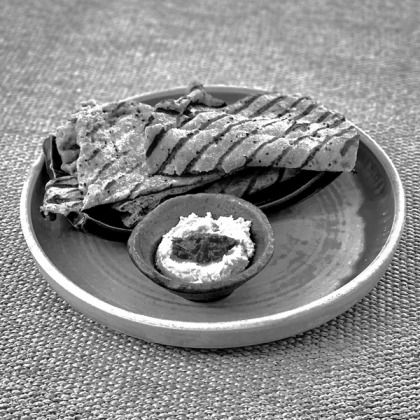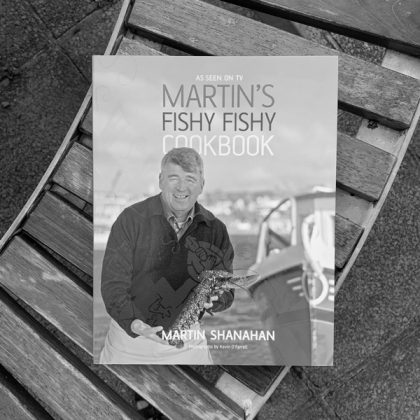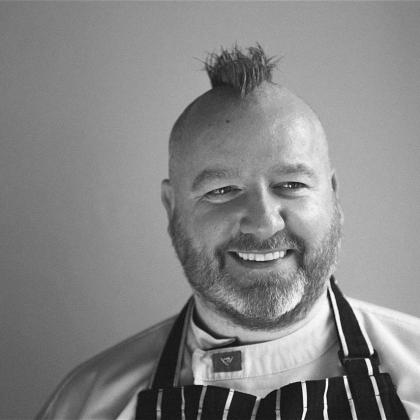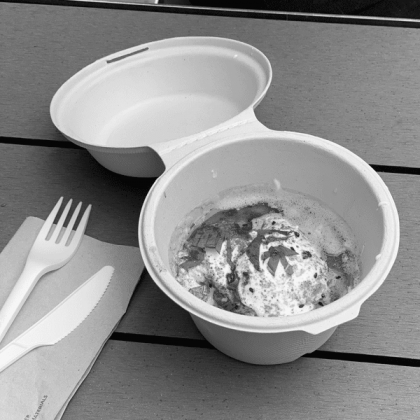Gin - The New Wave
In the last issue of Megabites I reviewed Dave Brooms new book, Gin - The Manual and wrote about the number of new Irish gins that had been launched in recent times. With gin enjoying a huge revival, it’s a trend that’s sure to continue; indeed, it’s almost hard to keep up with the number of new Irish gin brands. Distilling gin isn’t an easy process but it is a quick one - no waiting around for five years like whiskey - and this, along with gins' rise in popularity, explains the wave of new brands.
Sadly, no Irish gin made it into the first edition of Dave Broom’s book so, taking the book as a guideline, I thought it would be interesting to host a tasting session of some Irish gins to see what a panel of experienced gin drinkers would have to say about them. Apart from myself, none of the panel of six people were aware of which gins they were drinking except that they were told one of the gins was made from apples and one was derived from milk.
For the purposes of this test we used a classic gin and tonic at a ratio of one part gin to two parts tonic. On the advice of a number of sources, no garnish was added to any of the drinks until after tasting notes were made and Fever Tree tonic was used exclusively. A glass of the neat gin from each brand was also passed around during the tasting for the aroma.
The gins tasted were: Dingle; High Bank; Shortcross; Thin Gin; Bertha’s Revenge; and Blackwater No.5.
Dingle Gin: Born out of The Porterhouse Brewing Company, Dingle Gin is produced just outside Dingle and is described as ‘a classic London Dry Gin’. It utilises rowan berries, fuchsia, bog myrtle, hawthorn and heather among other botanicals to give gin ‘a taste of the Kerry landscape’. Amongst our panel the gin was variously described as ‘classic’, ‘crisp and refreshing’, ‘taste lingers…but in a good way’ and notes of celery and pine were detected. More than once person described Dingle as being ‘exactly what I want from a gin and tonic’.
Highbank Orchard Crystal Gin: Made by Julie and Rod Calder-Potts in Kilkenny, Highbank is - thus far - unique among the Irish gins in being made from apples. It is a certified organic product and very much ’single estate’ - it’s a true apple to bottle product. The source material certainly gives Highbank a distinctive aroma and taste and it was the only gin which the panel was able to successfully identify as the apple notes were immediately evident. Amongst our group Highbank is the one that divided opinion the most, with some feeling that this would be an ideal drink to introduce new people to gin, and others noting it as ‘too far removed from the classic’ London Dry taste for them, although the addition of lime and a slight lengthening of the tonic ratio altered the drink considerably for the better in the view of the panel. Certainly one for both gin drinkers and non gin drinkers to try.
Shortcross Gin: The strongest of the gins tested, at 46% ABV, Shortcross is distilled on the Rademon Estate outside Downpatrick in County Down by Fiona and David Boyd-Armstrong. As well as the usual botanicals of juniper, coriander, orange and cassia, there’s also wild clover from the estate as well as elderflowers and elderberries. It was described variously as ‘mellow’ ‘smooth’ ‘classic’ – surprising given the strength - and notes of rosemary and thyme were detected. More than once taster thought this would be the milk gin and it was universally liked by the panel.
Thin Gin: The brainchild of Waterford duo Nicola Beresford and Timmy Ryan, Thin Gin picked up the award for Best Irish Gin at the Irish Whiskey awards in 2015. Currently distilled under contract for the company by Merry’s Liquers of Clonmel, there are plans to open their own small distillery in Waterford City during 2016. The panel immediately picked up on the strong floral nose of Thin and citrus is very much to the fore. ‘Easy to drink’, ‘sweet’ and ‘less dry’ were some of the notes. Interestingly, there was a unanimous view that adding a slice of lime didn’t enhance the gin, and Thin themselves recommend a slice of orange as more suited to their gin.
Bertha’s Revenge: If you think making gin from apples is novel, what about a gin made from milk? Whey is a by-product of milk production to which special yeasts are added to convert the milk sugar into the base alcohol. After that, the botanicals are added to produce the final gin. All of this is brought to you by Justin Green of Ballyvolane House, and distiller Antony Jackson, and for those that don’t know yet, Bertha was the oldest cow in the world when she died in Sneem in County Kerry, aged 49 years old in 1993. Opinions varied on this gin: ‘peppery’ and ‘earthy’ from some of the panel and ‘too spicy’ from others. The majority of the group picked up on the cumin as one of the botanicals – it gives a lovely warmth to the drink - but nobody marked it as being the gin made from milk.
Blackwater No.5: Based in County Waterford, Blackwater is a small batch gin in the classic ‘London Dry’ style. Unlike many other gins, Blackwater doesn’t claim to have foraged the local hedgerows for their botanicals – rather the company looked to local history for inspiration. Whites of Waterford were, at one point, the largest importer of spices in the British Isles and its ships landed not far from where the current Blackwater Distillery is now based. Using the historical records, some of these ‘forgotten’ botanicals were distilled and the best have been added to Blackwater No. 5. Amongst the panel, this was universally praised: ‘beautiful’ ‘smooth’ ‘well balanced’ ‘classic’ were some of the comments. ‘Would be happy to drink this all night’ summed up the mood of the group.
So, after several hours of gin tasting, who was the winner of this very unscientific taste test? Well, first a caveat: this wasn’t a group of professional tasters and gin is one of those wonderful drinks that allows each person to adapt it to their own. Even among this panel, personal preferences varied as to how each would make a gin and tonic. But…for the record, the winning gin was Blackwater No.5 with an average score of 4/5, narrowly pipping Shortcross with an average score of 3.92/5 and all the others clustered tightly together in third place. But don’t take our word for it, the only way to find out if you agree is to taste these brilliant gins yourself!
The author of Gin – A Manual, Dave Broom will be taking part in the annual Litfest in Ballymaloe from May 20th to 22nd.
